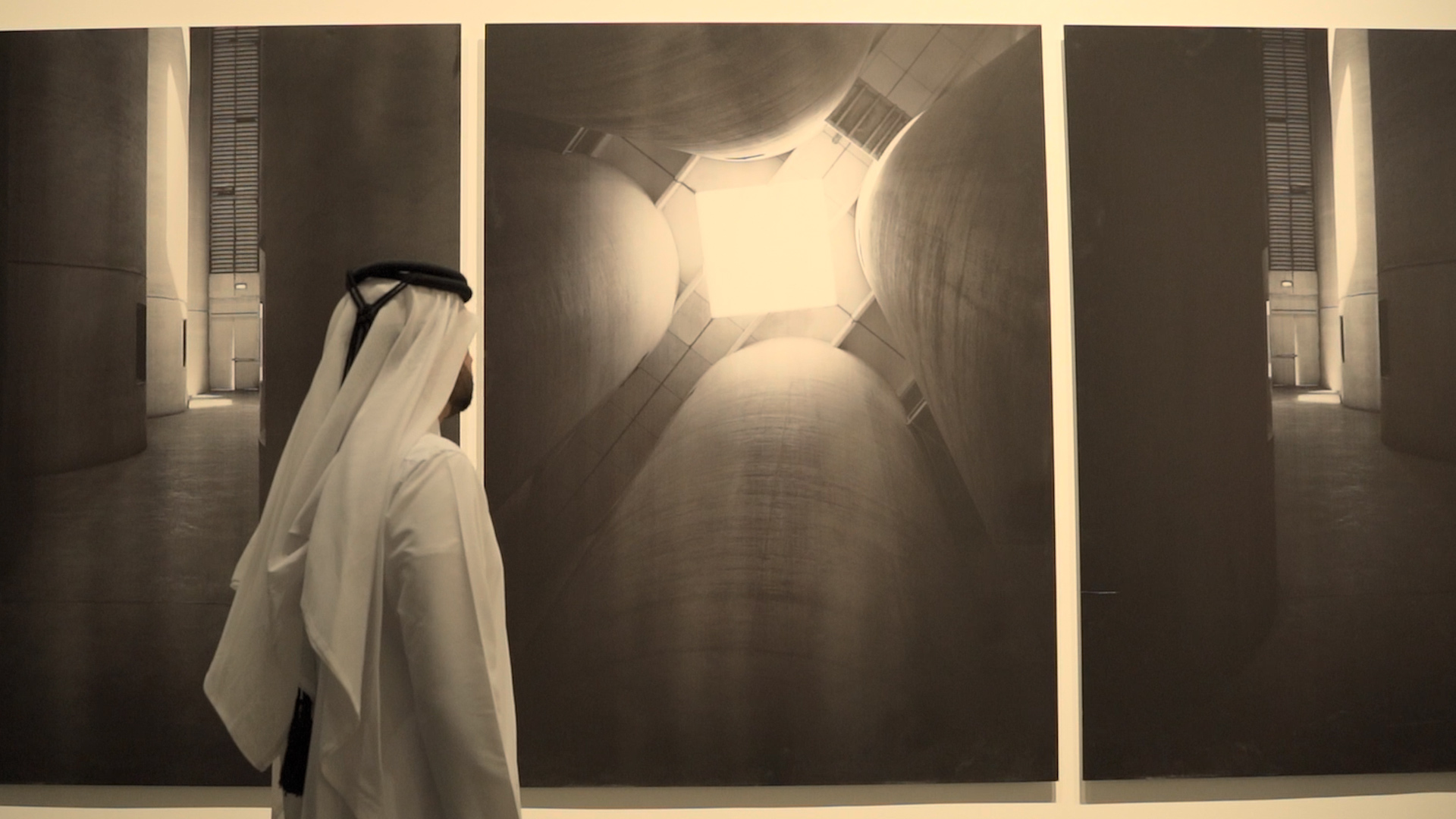Launched in 2019, Qatar Creates is an annual celebration of art, fashion, design, culture and architecture.
From the experiences of Afghan refugees, a rich collection of Orientalist art, to the transformation of an industrial flour mill site on the Corniche, Qatar Creates has platformed a line-up of events and iconic art exhibitions as part of the country’s efforts to expand as a cultural hub.
The Safar Exhibition culminated as much Afghan stories through a collection of videos, photographs and stories. It also illustrated Afghanistan’s role in the intellectual arena and art.
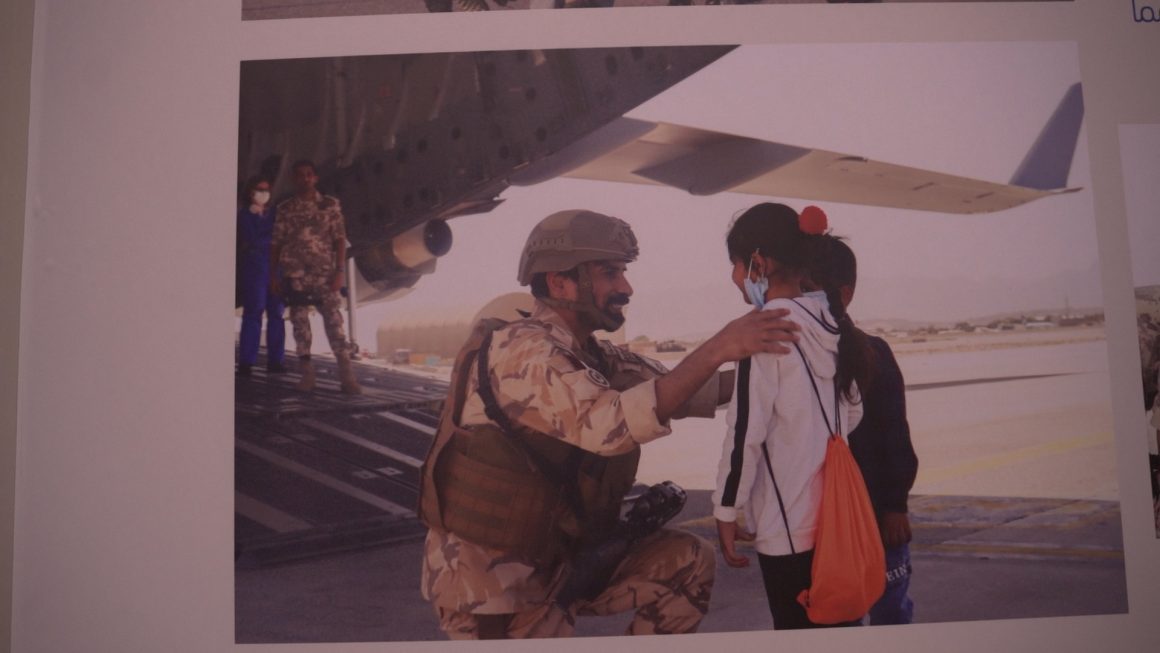
Doha has been at the epicentre of answering the cries of Afghans, especially during the Taliban takeover in August 2021. Done in collaboration with Qatar’s Ministry of Foreign Affairs, the exhibition retells the stories of Afghan refugees following their evacuation from Afghanistan in 2021, thousands of whom landed in Qatar.
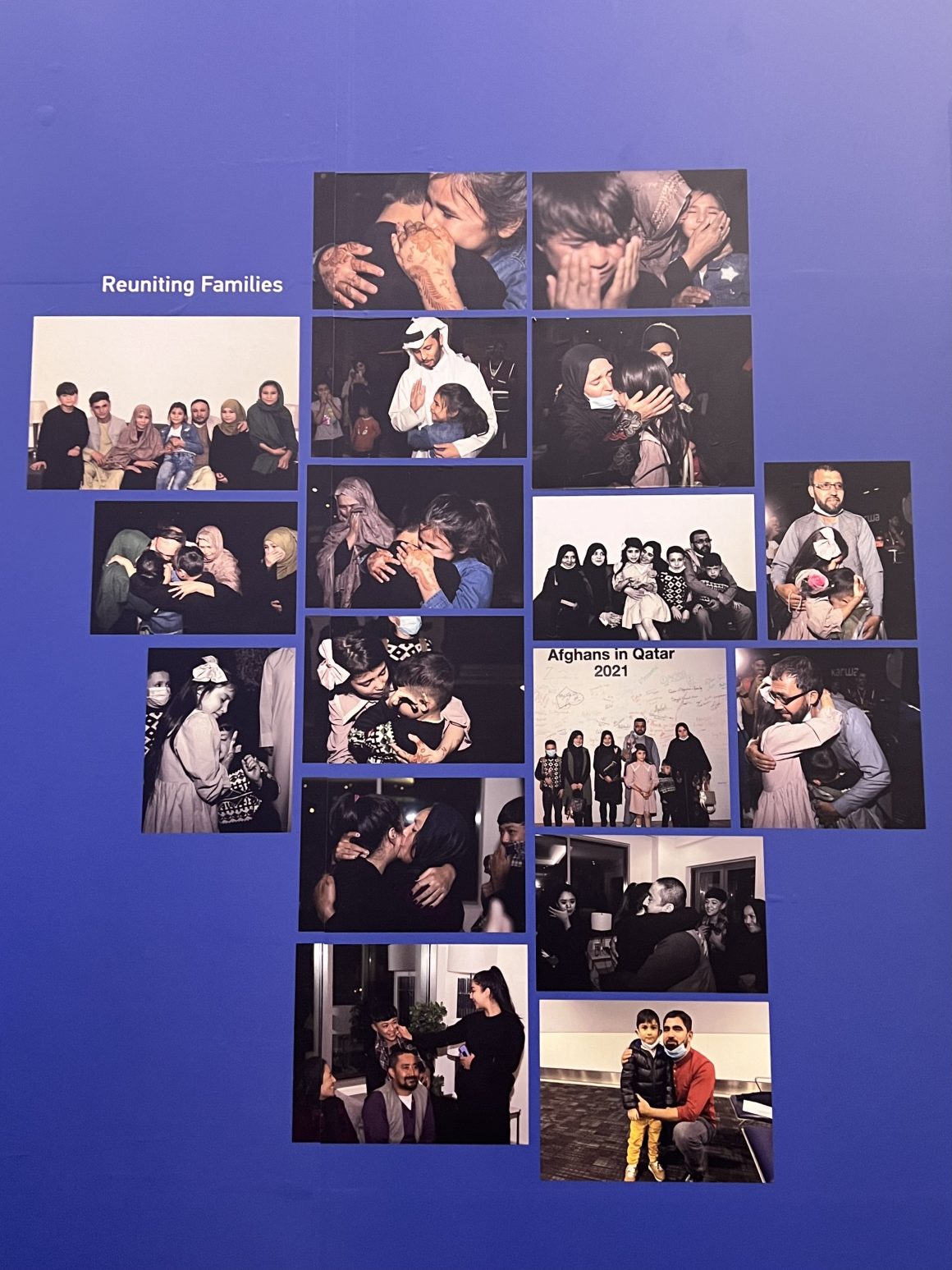
During the unprecedented colossal that unravelled itself last year as a result of America’s chaotic withdrawal from Afghanistan, Qatar stepped in to help evacuate Afghans as well as other foreign nationals.
The Gulf state carried out history’s largest airlift of people by evacuating at least 80,000 Afghans and foreigners.
At the exhibition, family reunification is a central element to the stories of Afghans.
During the evacuation process, many found themselves separated from families, only to be reunited in Qatar.
Lusail Museum: Tales of a Connected World
The preview exhibition of Lusail Museum: Tales of a Connected World, opening to the public on 24 October at Qatar Museums Gallery Al Riwaq, is aimed to put forth the vision for the new Lusail Museum, its architectural design, and its world-class collection of art.
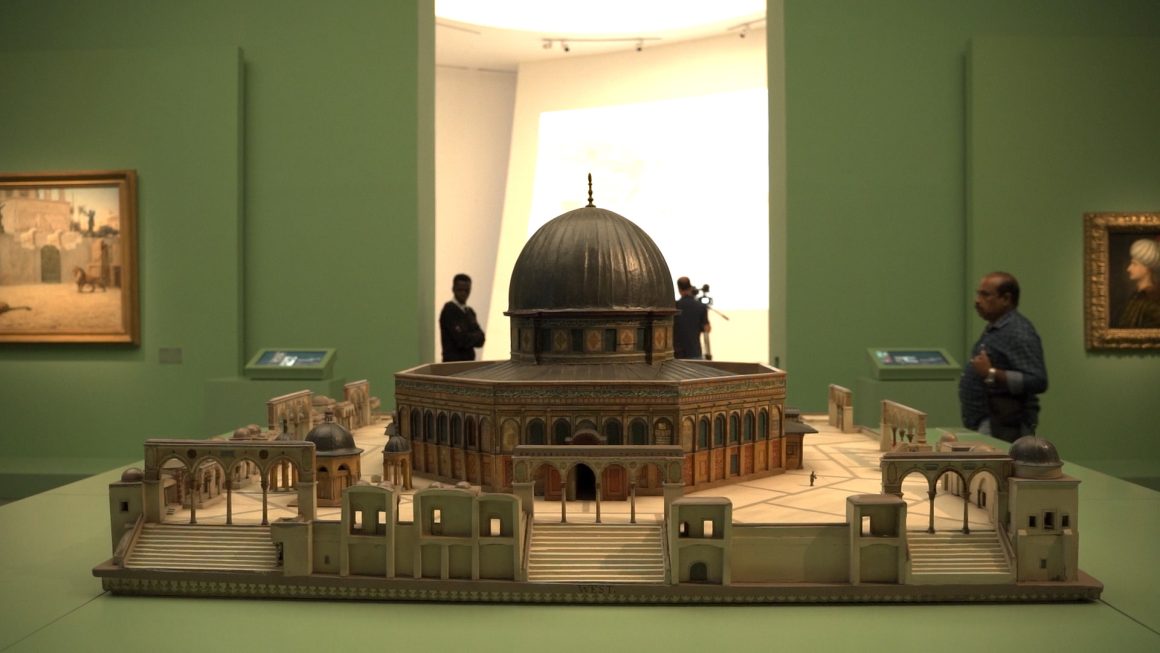
The exhibition offers a rich collection of Orientalist art and archaeological artefacts from antiquity to the 21st century. It offers a critical position where a perspective from within is offered as opposed to a popular Western perspective, by examining the forgotten civilisations and tales.

“It’s very important to create such a sustainable and cultural platform for the citizens and for the nationals of Qatar,” Kholood Al Fahad, a curator at Lusail Museum, told Doha News.
“Qatar has been fostering a cultural hub for a decade and it would be a nice opportunity for people during the World Cup to come and witness such efforts,” Al Fahad added.
Qatar’s capital city Doha in November last year became the first in the region to join the UNESCO Network of Creative Cities as a Creative City of Design, due to the country’s investment in culture and creativity – crafts and folk art, design, film, gastronomy, literature, media arts, and music.
The fresh wave of exhibitions, public artwork and new museums, come as no surprise.
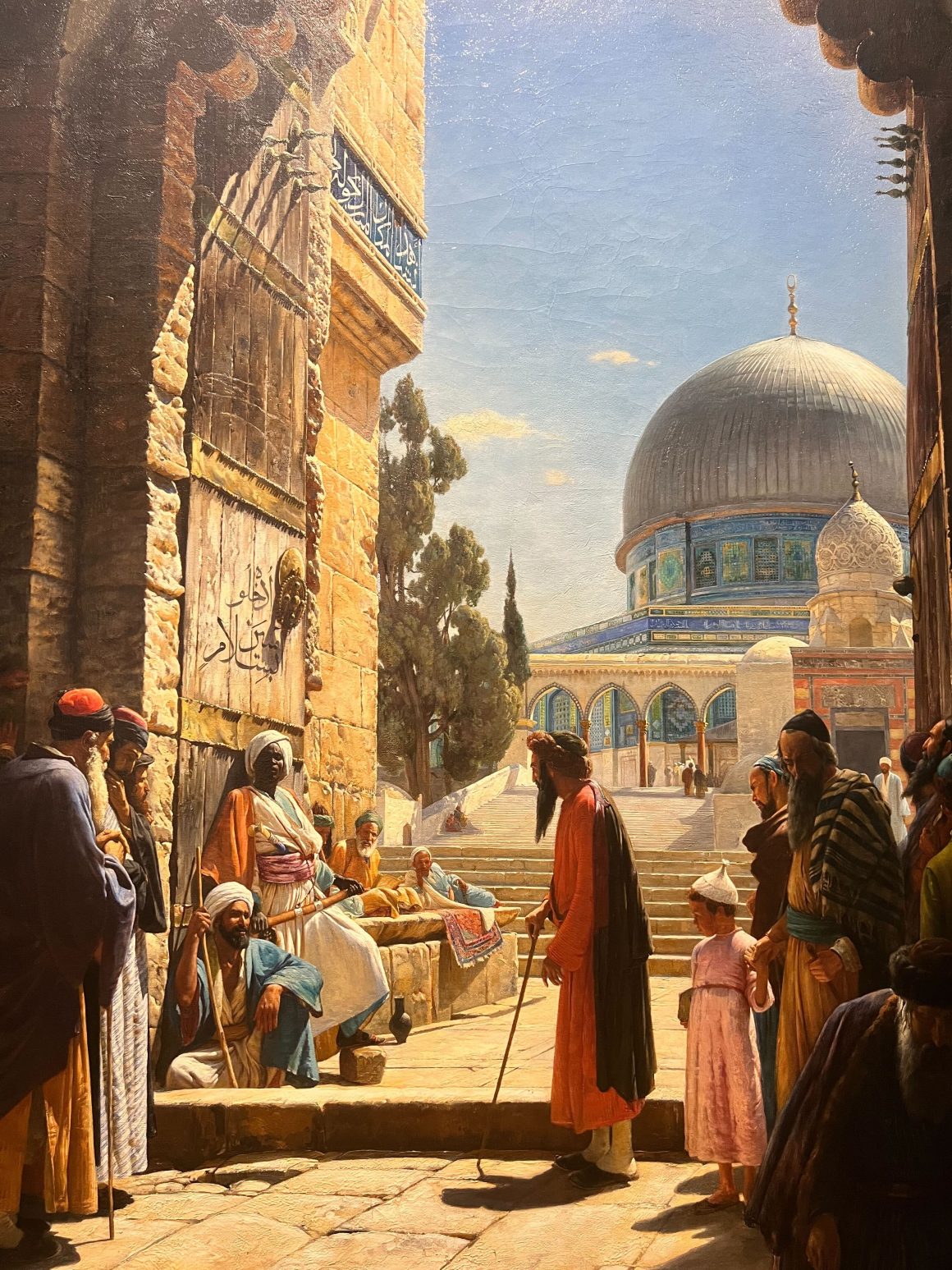
Some of the exclusive items at the exhibition include the very tunic, cape, and short sword from the movie “Cleopatra” worn by Richard Burton as Mark Antony reaching back to 1963. Another such item includes the Jawa mask from “Star Wars: Episode 1 – The Phantom Menace” dating back to the year 1999.
Among the unique collection are paintings such as the portrait of Ayuba Suleiman Diallo, also known as Job Ben Solomon, by Hoare of Bath dating back to 1733. Diallo was a prominent Muslim prince from West Africa, kidnapped and enslaved in the Americas during the Atlantic slave trade.
Another oil on canvas painting flashing at the exhibition includes the “At the Entrance to the Haram Al Qudsi Al-Sharif, Jerusalem” by Gustav Bauernfeind from 1886.
Art Mill Museum 2030
The Art Mill Museum 2030 exhibition showcases the plans and upcoming locations of the official Art Mill Museum ahead of its planned opening in 2030. The museum will transform an industrial flour mill site on the Corniche, forming a triangle with the existing Museum of Islamic Art and the National Museum of Qatar.
The exhibition introduces the concept of the future museum, the architectural project by ELEMENTAL, led by Pritzker Prize-winning architect Alejandro Aravena, and the garden design.
The exhibition will take place in two locations in Doha, namely the site of the flour mill plant that will later host the new construction and the recently restored Al Najada Heritage House number 15.
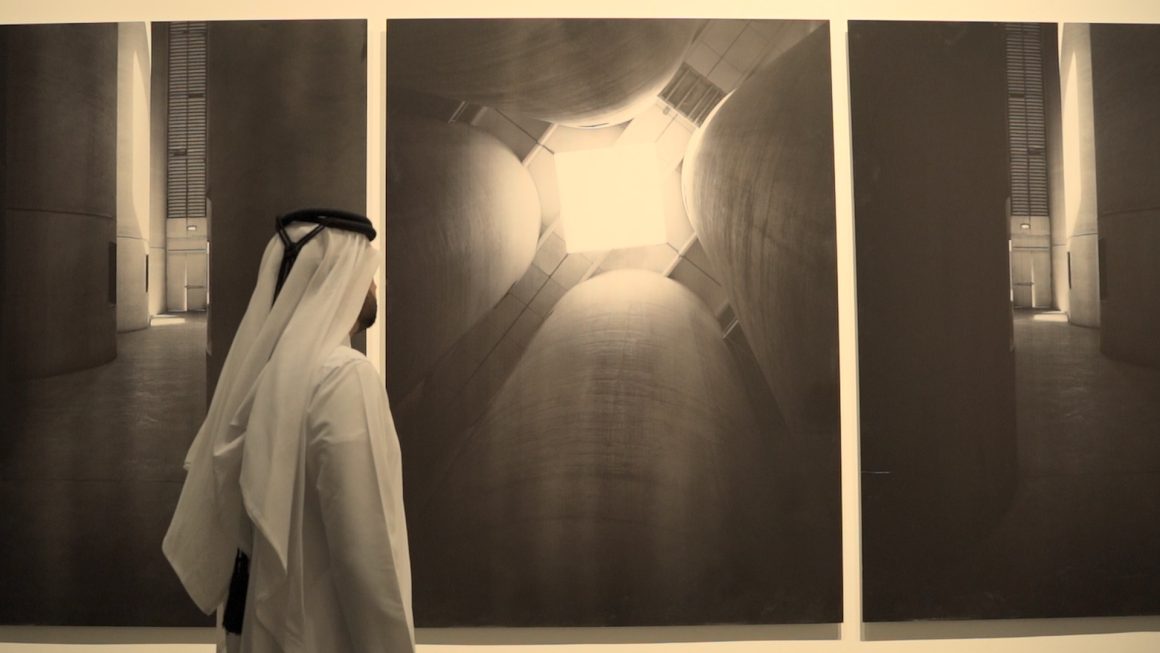
At the starting point for the design of the museum, Alejandro Aravena, “we ask ourselves, is this a big building or a small city?”
Transforming the ports into a new district open to the whole public, part of the contribution, Aravena told Doha News, may come from the collection itself “and for that we’re doing a building that is anchored in the past, in the existing mills, in the silos.”
“The silos which are very powerful structures we have here one of those silos so that
people coming here may be able to feel what it would be like to be in the silos in the future.”
The museum will also incorporate a creative village and public garden by the landscape architect Günther Vogt.
Further detailing what the unique museum will encapsulate, the award-winning Chilean architect said: “At the same time, it’s a new facility with state of the art technology to be able to have a dialogue with other world class institutions, but at the other half of the place, it’s a village, a cultural village.”
“Again when you start a design, you never start from scratch, particularly in this place, there’s an existing facility and instead of complaining about it, I think it
was the best thing that could have happened to the design,” Aravena told Doha News.

